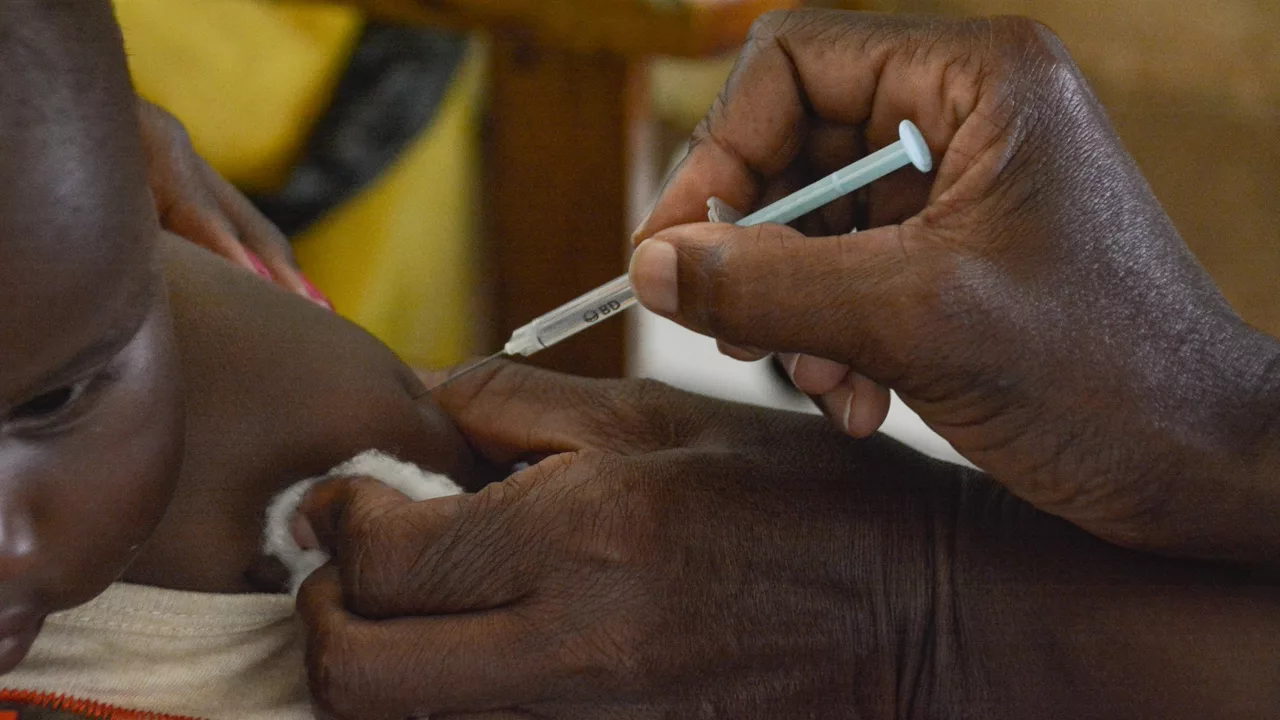Ever wonder why some diseases disappear while others stick around? The answer lies in a mix of science, public effort, and smart choices. When we talk about disease eradication, we’re looking at real actions you can take and the latest medical tools that make big differences.
Getting rid of a disease saves lives, cuts health costs, and lets societies focus on growth instead of crisis. Take smallpox as a classic example – it vanished worldwide after coordinated vaccination campaigns. Today, we have similar chances with polio, malaria, and even newer threats like COVID‑19 variants.
Every successful eradication effort also builds stronger health systems. When clinics learn to track cases, distribute vaccines, and educate communities, they become better equipped for any future outbreak.
First, stay up‑to‑date on vaccinations. Whether it’s the flu shot or a travel vaccine, keeping your immune system ready stops germs from spreading. Second, practice basic hygiene: wash hands, cover coughs, and clean surfaces regularly.
If you travel, research local health risks and pack any needed meds ahead of time. Many of our articles explain how to buy safe treatments online – for example, guides on generic antibiotics or antimalarial drugs can help you avoid risky purchases.
Supporting reputable charities also makes a huge impact. Organizations that fund vaccine drives, distribute insecticide‑treated nets, or run education programs rely on public donations and volunteers.
Finally, share reliable information. Misinformation fuels fear and stalls eradication efforts. When you see a questionable claim, check trusted sources like the CDC, WHO, or our own drug guides before spreading it.
Our tag page brings together articles that cover everything from buying safe medications online to understanding how specific drugs work against diseases. Whether you need tips on ordering generic antibiotics securely or want to learn about natural anti‑inflammatories, you’ll find clear, practical advice right here.
Remember, disease eradication isn’t a one‑person job – it’s a community effort. By staying informed, getting vaccinated, and supporting proven health initiatives, you become part of the solution that can finally say goodbye to many illnesses.

Hey folks! It's a roller coaster of a day when we're talking about leprosy elimination, isn't it? You might think it's all doctors and medicine, but surprise, surprise - it's also about us! Yep, our involvement in these efforts is like the secret sauce on a killer burger. Community efforts can aid in early detection, help reduce stigma, and even support those affected in their journey to recovery. So, let's roll up our sleeves and join the fight against leprosy, because together, we're more than just a force, we're a downright stampede!
Learn how specific nutrients, foods, and diet patterns can help prevent hair loss, with practical meal plans, a nutrient checklist, and expert FAQs.
As a blogger, I've recently come across the topic of the role of Clozapine in the management of psychotic depression. Clozapine, an atypical antipsychotic medication, is used to treat severe cases of this mental health disorder when other treatments have failed. Its unique properties help in alleviating both psychotic symptoms and depressive episodes. However, it's essential to be aware of the potential side effects and monitor blood levels closely while administering this medication. In conclusion, Clozapine plays a crucial role in managing psychotic depression, improving the quality of life for those who suffer from this challenging condition.
Hi there, it's your friendly family doctor, here to let you in on some fantastic coupon codes for our online drug store, familydoctor.org. This is a golden opportunity to grab those everyday essential medications and vital prescriptions, without breaking your bank. Don't miss out on these tempting deals that intend to make healthcare easier on your pocket. So, why delay? Come, uncover these discount codes and take a healthy step towards savings!
This article explores how well pyridostigmine bromide works for people with myasthenia gravis over long periods. It covers how the medication helps with daily symptoms, its long-term side effects, and what patients can expect from ongoing use. You'll get practical advice on managing the medication, what to watch out for, and how to talk to your doctor about adjusting doses. The article also looks at what recent research says about the safety of using pyridostigmine for years. It's straightforward, direct, and focused on helping patients and caregivers make informed decisions.
Anafranil (clomipramine) is effective for OCD but has tough side effects. Discover how SSRIs like Zoloft and Prozac compare as safer, nearly as effective alternatives - and when Anafranil might still be the best choice.